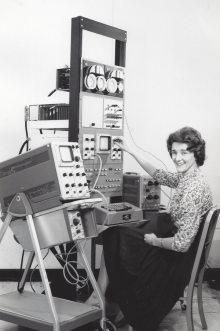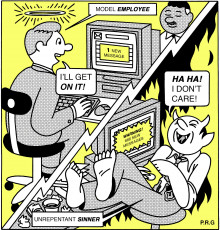Amazon and NYC
Posted in BlogMarch 15, 2019Comments Off on Amazon and NYC
Recently, New York City mayor Bill de Blasio wrote a powerful op-ed expressing his disappointment (outrage?) that Amazon abandoned its project to build a second headquarters in New York.
But beyond the opinion of one mayor, his piece tells a story of the power technology companies have amassed. Here is how he begins:
The first word I had that Amazon was about to scrap an agreement to bring 25,000 new jobs to New York City came an hour before it broke in the news on Thursday.
The call was brief and there was little explanation for the company’s reversal.
Just days before, I had counseled a senior Amazon executive about how they could win over some of their critics. Meet with organized labor. Start hiring public housing residents. Invest in infrastructure and other community needs. Show you care about fairness and creating opportunity for the working people of Long Island City.
There was a clear path forward. Put simply: If you don’t like a small but vocal group of New Yorkers questioning your company’s intentions or integrity, prove them wrong.
Instead, Amazon proved them right. Just two hours after a meeting with residents and community leaders to move the project forward, the company abruptly canceled it all.
I am a lifelong progressive who sees the problem of growing income and wealth inequality. The agreement we struck with Amazon back in November was a solid foundation. It would have created: at least 25,000 new jobs, including for unionized construction and service workers; partnerships with public colleges; and $27 billion in new tax revenue to fuel priorities from transit to affordable housing — a ninefold return on the taxes the city and state were prepared to forgo to win the headquarters.
The retail giant’s expansion in New York encountered opposition in no small part because of growing frustration with corporate America. For decades, wealth and power have concentrated at the very top. There’s no greater example of this than Amazon’s chief executive, Jeff Bezos — the richest man in the world.
The lesson here is that corporations can’t ignore rising anger over economic inequality anymore. We see that anger roiling Silicon Valley, in the rocks hurled at buses carrying tech workers from San Francisco and Oakland to office parks in the suburbs. We see it in the protests that erupted at Davos last month over the growing monopoly of corporate power. Want more? You can read the full article here.









